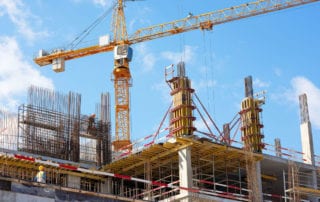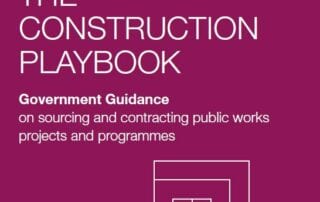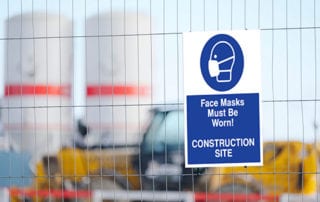Can Construction Make The Jump To Lightspeed On Decarbonisation?
Decarbonisation is a bit like “you’re on mute” – it’s not so long ago that we barely heard the term, but now it has become part of the everyday lexicon of modern usage, especially in construction.
But amongst all the talk, a report published recently by the Green Construction Board for the Construction Leadership Council (CLC) identified that the current rate of progress will not achieve net zero carbon in our infrastructure by the target date of 2050.
The report measured progress since the Infrastructure Carbon Review of 2013, highlighting that infrastructure is responsible for more than half of the national carbon footprint. There’s no doubt that significant progress has been made, but the construction sector has not yet fully embraced the ideology that cutting carbon can also cut cost.
The traditional procurement and commercial solutions that continue to incentivise lowest capital cost are cited as holding back progress for meaningful decarbonisation delivery. It’s no coincidence that these are the same issues that have blighted productivity in the construction sector for years.
The poor productivity that comes with operating on small margins significantly limits innovation across the sector, disincentivising companies from investing in research and development.
The Construction Sector Playbook promises to bring a collaborative, value-driven approach, which is also among the report’s recommendations for achieving net zero by 2050. It aims to improve productivity and so should create the levers for increased innovation.
The PAS 2080 specification for managing infrastructure carbon created a framework for the industry to realise the benefits of decarbonisation, but the CLC suggests that few organisations have embedded the principles into their investment decision-making, with much more leadership on collaboration needed.
The construction sector needs to rapidly pick up the pace of change to reach decarbonisation targets now. The tools are all there and there is certainly no lack of desire. Aura’s own decarbonisation experts are currently helping Newcastle City Council to achieve net zero targets in schools. Further proof is in the many examples of innovation around the country where companies have developed carbon neutral infrastructure solutions with significant cost savings, or at no additional cost. These have been particularly prevalent in offsite and other modern methods of construction.
The speed of uptake is only likely to get a much needed boost once more clients and contractors understand that net zero is not an expensive overhead but a real opportunity to cut costs and improve productivity while protecting our environment.
At Aura, our decarbonisation team offers a full turnkey decarbonisation service to the public sector, from support in securing funding under the Public Sector Decarbonisation Scheme through design and project management, to construction and completion.









